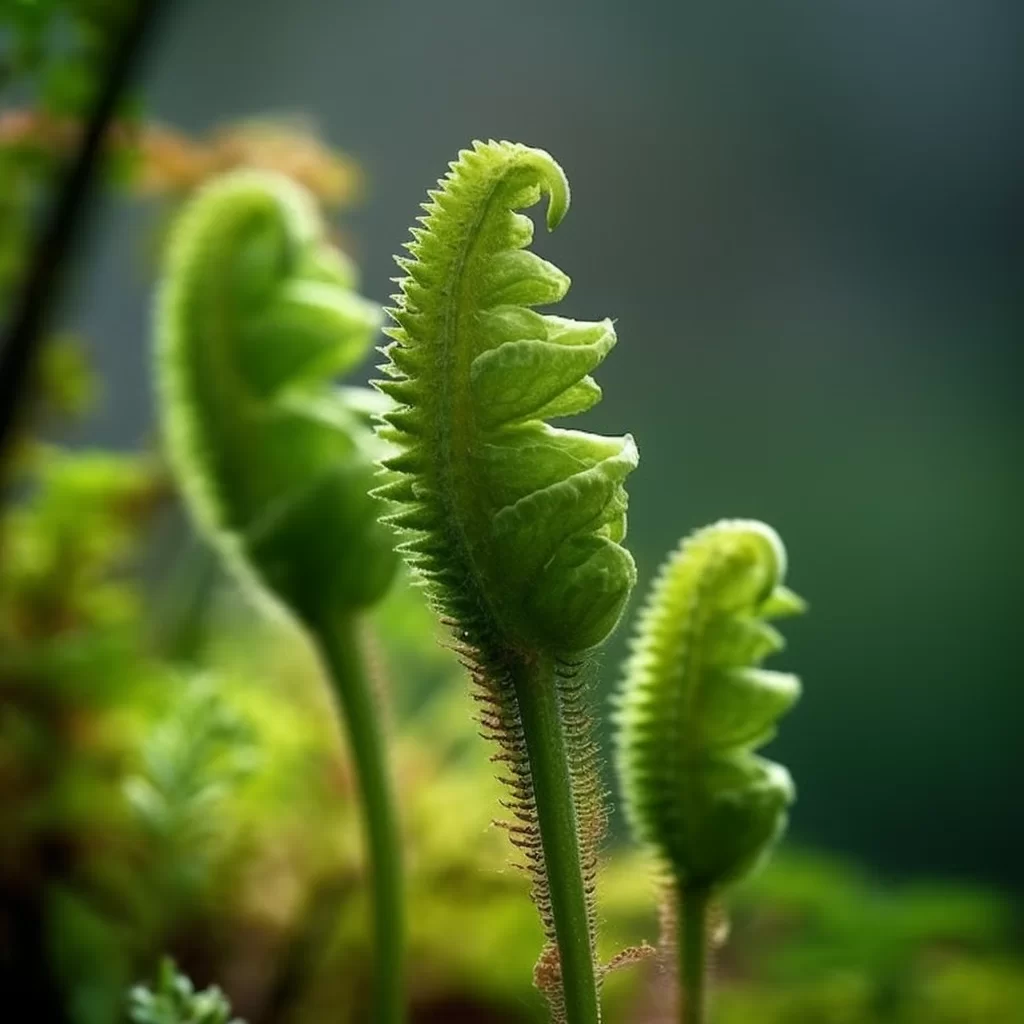Story of Day :
Contents
Lady’s Thumb Plant: A Complete Guide and Care Tips
Introduction
Lady’s thumb plant, also known as Polygonum persicaria, is a common weed that grows in gardens and lawns.
Despite being considered a nuisance by many gardeners, it has several benefits such as providing nectar for pollinators and improving soil quality.
In this article, we’ll provide you with a complete guide on lady’s thumb plant – its origin, characteristics, benefits & drawbacks, how to identify it and care tips.
Origin of Lady’s Thumb Plant
Lady’s thumb is native to Europe but can now be found across the globe in temperate regions of North America and Asia.
It was introduced to the United States during colonial times by European settlers who used the plant medicinally.
Characteristics of Lady’s Thumb Plant
Lady’s thumb is an annual herbaceous plant that grows between 10-80 cm tall with long stems that are often branched at the base.
It has small pink or white flowers arranged in dense spikes at the ends of stems which bloom from July through September.The leaves are alternate on long petioles with a distinctive dark blotch (sometimes shaped like a V) on the top side near their base.
The leaf margins are lined with tiny hairs giving them a rough texture when touched.The seeds produced by lady’s thumb are triangular-shaped nutlets which contain high levels of protein and oil making them beneficial for wildlife such as birds.
Benefits & Drawbacks of Lady’s Thumb Plant
With every plant comes pros/cons; let us discuss both below:Benefits:
- Lady’s thumb provides nectar for pollinators such as bees
- The deep roots help improve soil structure
- The leaves and seeds are edible and can be used in salads or soups
- It has medicinal properties that were once used to treat skin conditions, diarrhea and dysentery
Drawbacks:
- Lady’s thumb spreads quickly via seeds which can lead to the plant becoming invasive if not properly managed
- The plant may contain oxalates which can be toxic when consumed in large quantities by humans or animals such as cattle or horses.
- Lady’s thumb is often considered a weed, especially in vegetable gardens where it competes with crops for nutrients.
How to Identify Lady’s Thumb Plant
Lady’s thumb is easily identifiable by its pink or white flowers arranged in dense spikes at the ends of stems.
The leaves have dark blotches near their base and rough margins lined with tiny hairs.The triangular nutlets produced by lady’s thumb are also distinctive.
They are brownish-black, shiny, and attached closely together on the stem.
Care Tips for Lady’s Thumb Plant
If you decide to keep lady’s thumb as part of your garden vegetation, here are some care tips:Soil & Watering: Lady’s thumb prefers moist soil but will tolerate dry conditions.
It grows well in full sun but will also grow in partial shade.Fertilizers & Pruning: Being a weed type plant it doesn’t require fertilizers for growth; however pruning may help control the spread of this plant.Weed Control Measures: To prevent lady’s thumbs from spreading rapidly throughout your garden area mulch around plants regularly.
Summary
In conclusion, lady’s thumb is a common weed that provides several benefits if managed properly.
Its small pink or white flowers arranged densely at the end of stems, triangular nutlets and dark blotches on leaves make it easily identifiable.
It grows well in moist soil and full sun but can survive in partial shade as well.
Although it spreads quickly, regular mulching can help to control its growth.
